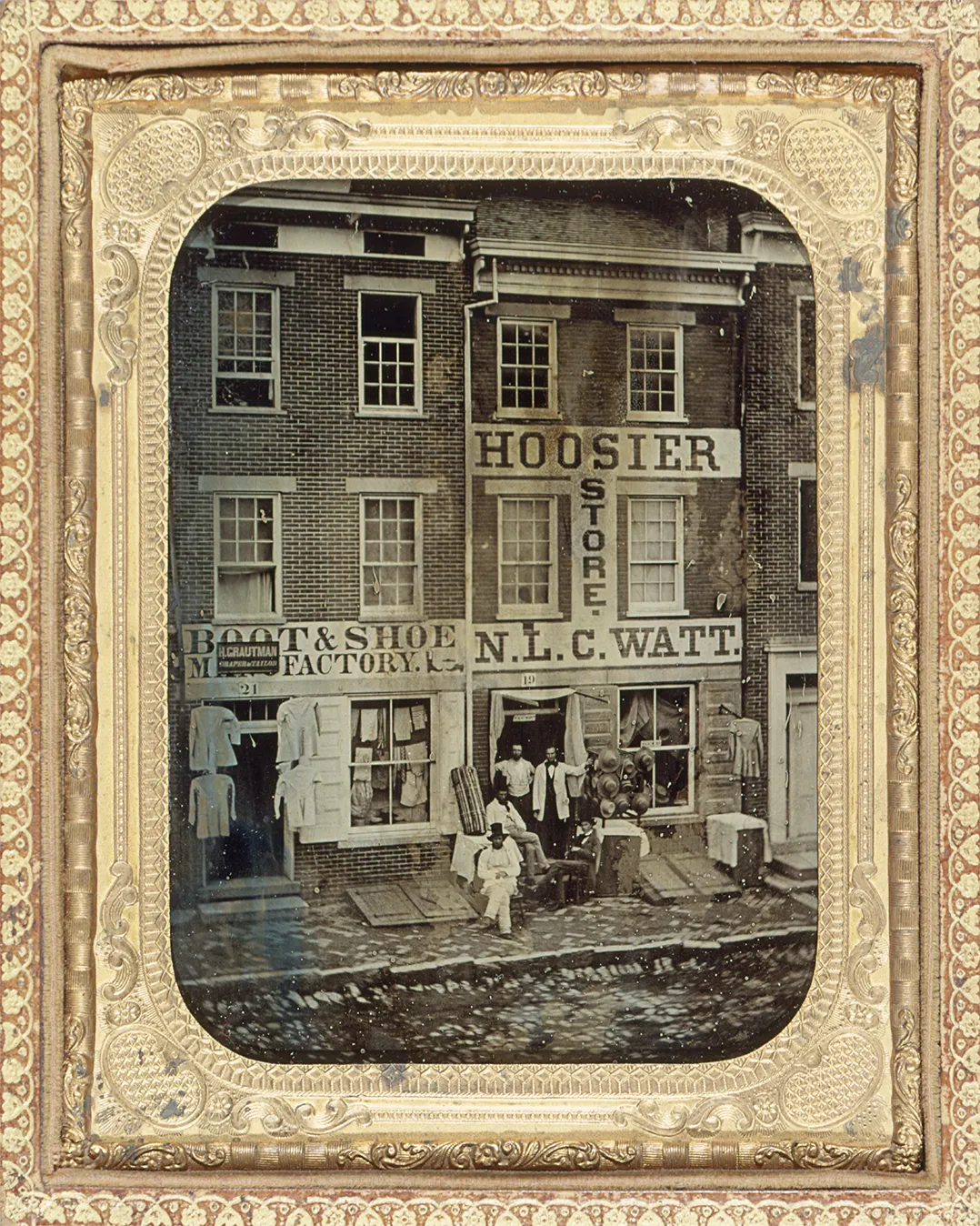Commentary by Ray E. Boomhower
On Jan. 1, 1833, just 17 years after Indiana had become the 19th state, the Indianapolis Journal printed a New Year’s greeting to its readers with a poem by John Finley of Richmond. “The Hoosier’s Nest,” which praised the state and proclaimed that countless “men of every hue and fashion” were flocking to the “Hoosier nation,” received instant acclaim and was reprinted in numerous newspapers throughout the country and even internationally.
Since that first appearance in the Journal, the term “Hoosier” has become one of America’s most recognizable state nicknames.
Throughout its history, Indiana has been seen by many, noted Indiana historian and journalist John Bartlow Martin, as “a bucolic place inhabited by pleasant, simple, neighborly folk.” Although this “Indiana idea” has undergone a metamorphosis, as rural and agriculture has been supplanted by urban and industrial, those ideas still have a powerful hold on the way in which Hoosiers view their past. “Like any myth,” Martin noted, “it has some truth in it.”
One question about the state always seems to linger in the back of the minds of visitors: “What is a Hoosier?” Since Finley’s poem popularized the term, speculation about the origin of Hoosier has run rampant. The late Indiana historian Jacob Piatt Dunn Jr. conducted lengthy research into the history of the word. Dunn found out that “Hoosier” was used frequently in the South in the 19th century to refer to woodsmen or rough hill people. He traced the word back to “hoozer,” a term from the Cumberland dialect of England. Hoozer is from the Anglo-Saxon word “hoo,” meaning high or hill. In the Cumberland dialect, the word “hoozer” meant anything unusually large, like a hill. Descendants of English immigrants brought the name with them when they settled in the hill country of southern Indiana.
Other theories abound as to the origin of Hoosier, providing the following entertaining anecdotes:
• When a visitor knocked on the door of a pioneer cabin in Indiana, the settler inside would respond, “Who’s yere?” This greeting marked Indiana as the “Who’s yere” or Hoosier state.
• Indiana laborers along the Ohio River were so successful in trouncing or “hushing” their opponents in fights that they became known as “hushers” and eventually Hoosiers.
• There once existed a contractor named Hoosier working on the Louisville and Portland Canal who hired most of his laborers from Indiana. Thereafter, they were known as “Hoosier’s men.”
• James Whitcomb Riley, “The Hoosier Poet,” said that the state’s early settlers were such enthusiastic and vicious fighters that during scuffles they would do anything to win, including biting off noses and ears. A settler coming into a tavern the morning after a fight would encounter missing appendages on the ground and ask, “Whose ear?”
• Indiana author and diplomat Meredith Nicholson had perhaps the best response to the query “What is a Hoosier?” He noted that the “origin of the term ‘Hoosier’ is not known with certainty. But certain it is that … Hoosiers bear their nickname proudly.”
Ray Boomhower is senior editor for Indiana Historical Society press.




